Students, interns, research assistants…
-

Eleanor Beidatsch
Masters (2024 - 2028): Reconstructing the growth, taxonomy and functional morphology of enigmatic early Cambrian armoured onychophorans. Co-supervised by Dr. Nic Campione (UNE).
Hons (2022 - 2024): Geometric morphometric study of growth in Microdictyon sinicum.
ERS381 (2021): Exploring Microdictyon morphometrics
-

Courtney Birksmith
Masters (2021 - 2022): Cambrian Series 2 - Miaolingian Boundary on the Yorke Peninsula, South Australia. Supervised by Prof. Glenn Brock (MQ), co-supervised by Dr. Marissa Betts (UNE).
-

Thomas Carter
PhD (2025 - 2028): Palaeobotany and phylogenetics of the Myrtaceae. Supervised by Dr Andrew Thornhill (UNE), co-supervised by Prof. Bob Hill (Adelaide Uni) and Dr Marissa Betts (UNE).
-

Jack Castle-Jones
PhD (2021 - 2025): Lower Cambrian chronostratigraphy and geochronology of the Stansbury Basin, South Australia. Supervised by Prof. Glenn Brock (MQ), co-supervised by Dr. Marissa Betts (UNE).
-

Sherri Donaldson
PhD (2023 - 2026): Reconstructing the Cretaceous freshwater palaeoecology of Lightning Ridge. Co-supervised by A/Prof. Phil Bell and Dr Nic Campione (UNE).
-

Rose Gates
Masters (pending): Mapping source to sink sedimentary pathways of lower Cambrian Hawker Group and Lake Frome Group siliciclastics, South Australia.
ERS381 (2023 - 2024): Reviewing proxies used to Create Ediacaran and Cambrian tectonic and palaeogeographic reconstructions.
-
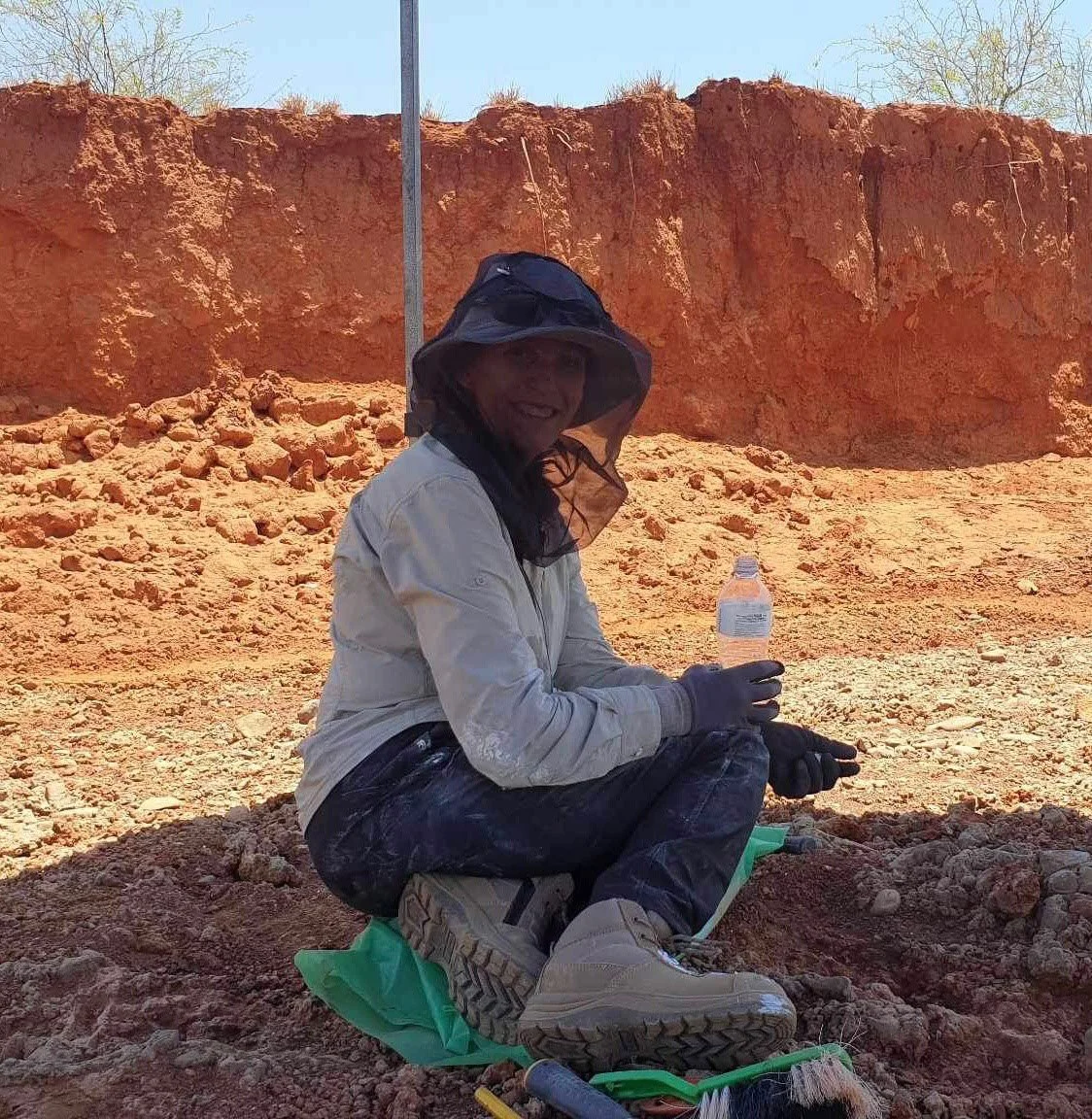
Donna Hartley
ERS381 (2024-2025): Palynological pilot study of the Cretaceous Griman Creek Formation. Co-supervised by Dr. Andrew Thornhill and Charlie Bailey (UNE).
-

Felix Jasper
DAAD Rise Worldwide Intern (2022): Training in microfossil laboratory preparation methods and chronostratigraphic research concepts.
-
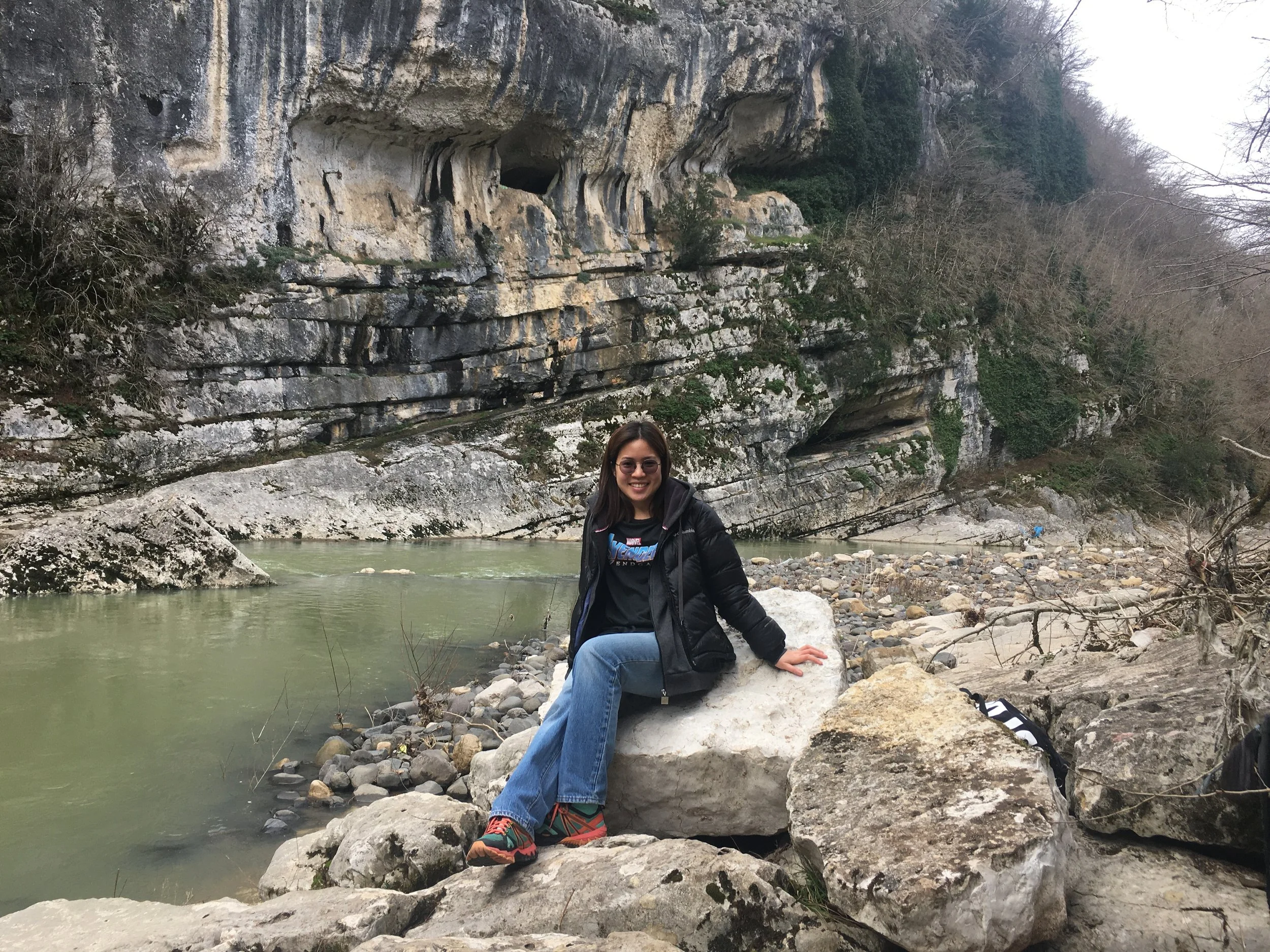
Suwijai Jatupohnkhongchai
PhD (2023 - 2026): Integrating the early Cambrian fossil and volcanic record of South Australia to refine tectonic models of East Gondwana. Co-supervised by Prof. John Paterson and A/Prof. Luke Milan (UNE) and A/Prof. Justin Payne (UniSA).
-
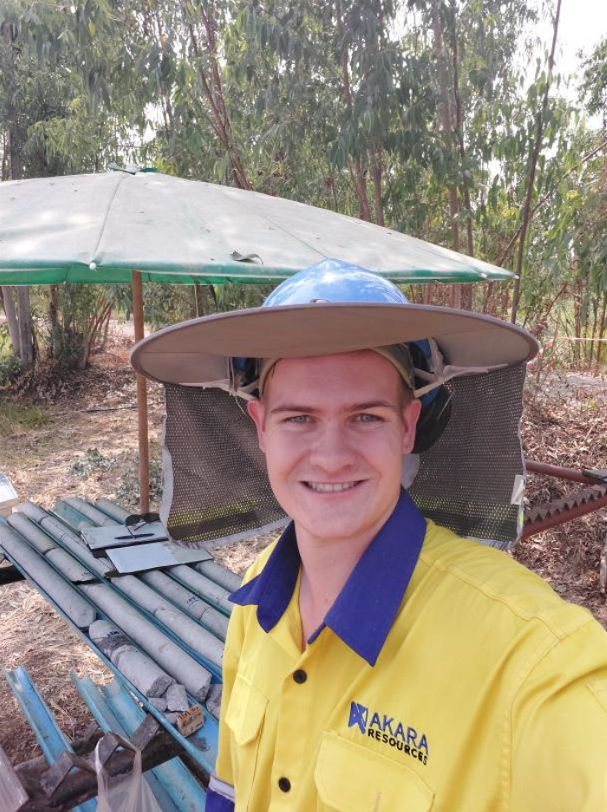
Thomas Leckie
Honours (2022 - 2024): Radiometric age systematics of the Gamillaroi Terrane. Supervised by Dr Luke Milan and co-supervised by Dr Tim Chapman and Dr Marissa Betts.
-
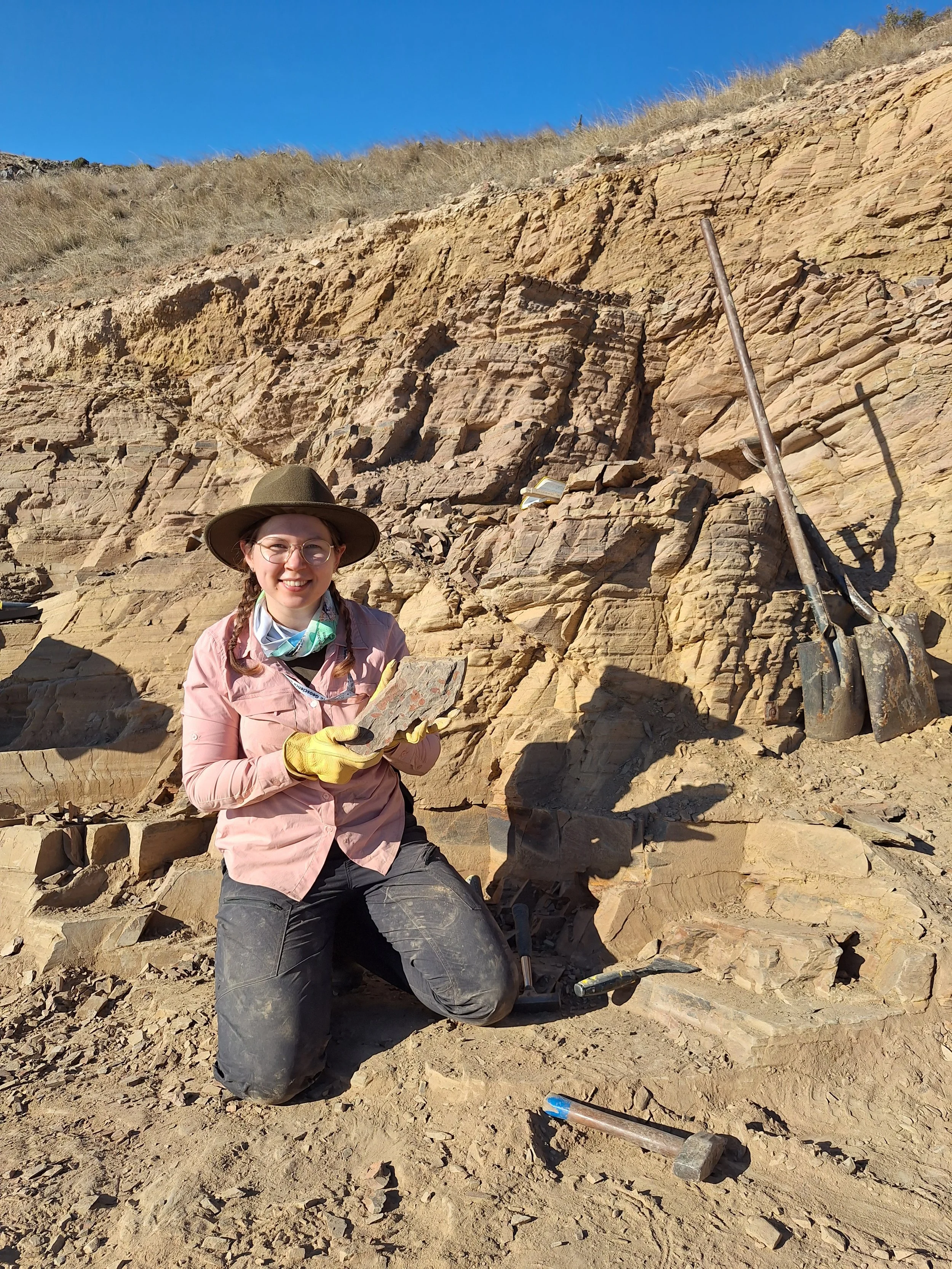
Steph Richter Stretton
PhD (2022 - 2025): How taphonomic biases shape our understanding of early animal evolution. Co-supervised by Prof. John Paterson (UNE).
Hons (2021 - 2022): Multiproxy stratigraphy of the Second Plain Creek Member, Flinders Ranges.
-
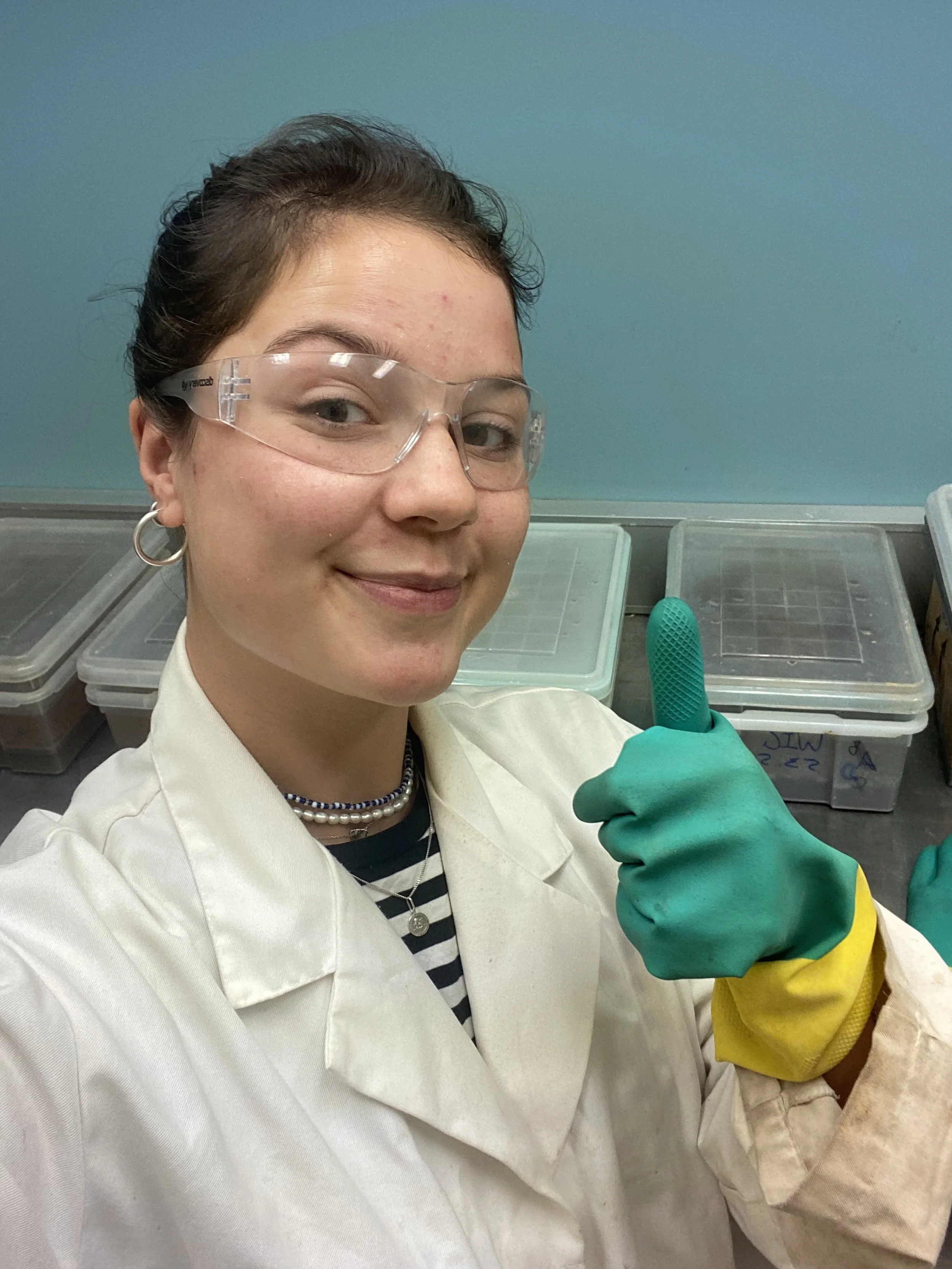
Milena Schiering
DAAD Rise Worldwide Intern (2023): Training in microfossil laboratory preparation methods and chronostratigraphic research concepts.
-
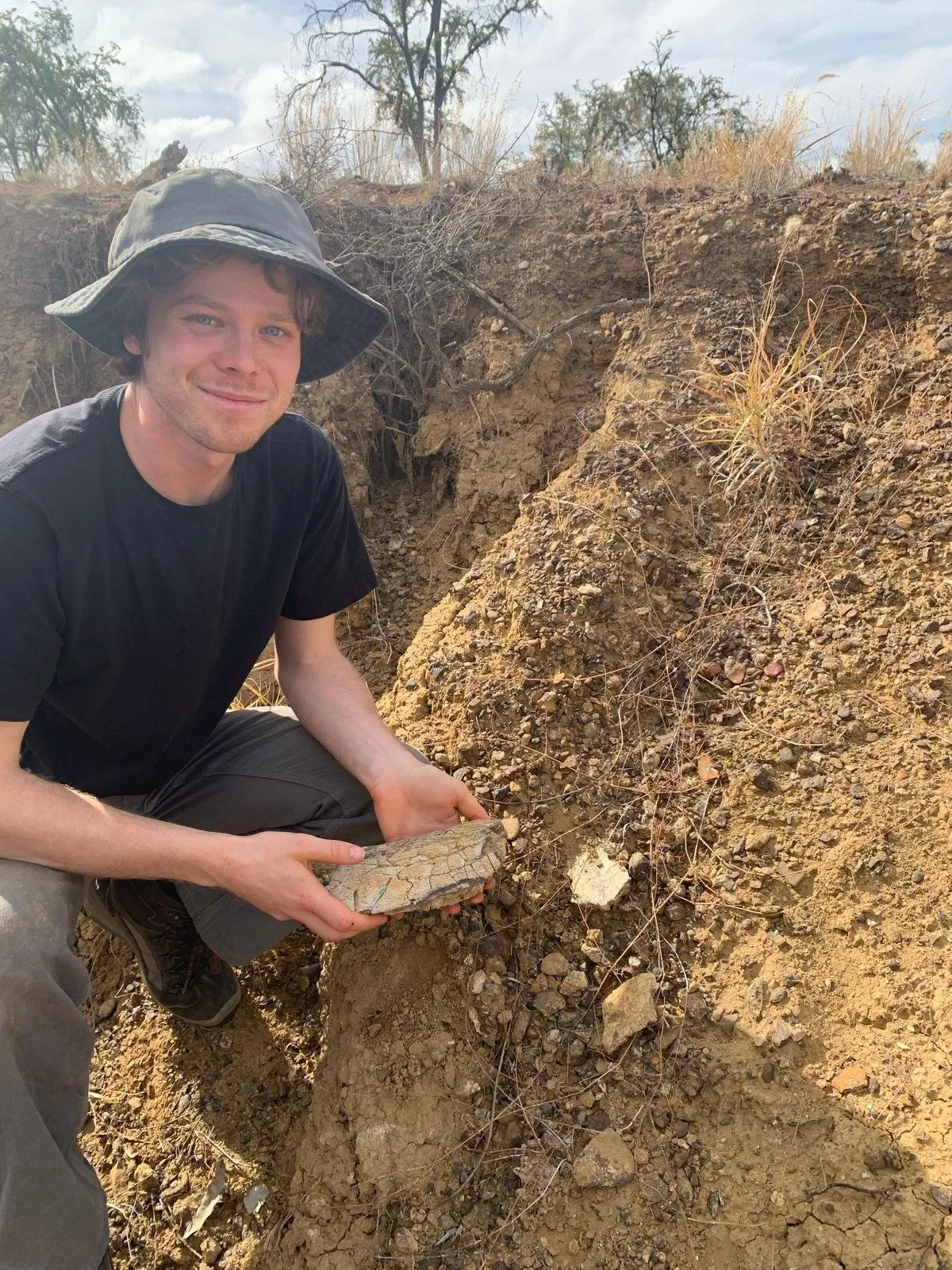
Hamish Watson
2020 - 2024: Lab volunteer and research assistant.
Student projects available
Email marissa.betts@une.edu.au
Early Cambrian chronostratigraphy of South Australia
This interdisciplinary project will primarily use small shelly fossils to determine the ages of key lower Cambrian successions in the Flinders Ranges, South Australia. Build your palaeontological knowledge of early Cambrian fossil fauna and their biostratigraphic applications, and complement this work with stable isotope chemostratigraphy and lithologic data. This is a great opportunity to contribute to building the geological timescale, and regionally and globally correlate rocks from South Australia during the Cambrian Explosion of life. Skills acquired via this project are widely used in both academia and industry.
Ediacaran - Cambrian transition in western Mongolia
The Ediacaran - Cambrian successions in the Gobi-Altai area in western Mongolia are some of the world’s most complete. These sections preserve the boundary in carbonates, giving the rare opportunity to identify key shelly faunal transitions from the Ediacaran to the earliest Cambrian and to tie fossil data with chemostratigraphic data. Student projects span palaeontological, biostratigraphic and chemostratigraphic investigations, along with palaeoenvironmental and palaeobiogeographic reconstructions.
An honest crust? Interrogating an enigmatic stratigraphic boundary in the lower Cambrian Arrowie Basin, South Australia
The Red Crust is an iron- and manganese-rich stratigraphic surface that caps the Flinders Unconformity - a time gap in the lower Cambrian stratigraphic succession in the Flinders Ranges, South Australia. The Red Crust is very distinctive (with abundant Frutexites microstromatolites and diverse shelly fossils entrained within), so it serves as an important stratigraphic marker across the Flinders Ranges. Despite this, formation of the Crust and its relationship to the Flinders Unconformity is poorly understood. This project will combine field mapping, palaeontological data, carbonate geology and geochemistry to solve one of the key mysteries embedded in this world-renowned package of Cambrian rocks.
Reconstructing the skeletons of some of the earliest armoured animals
Use cutting-edge 3D scanning technologies to reconstruct the oldest complex skeletons in the fossil record and resolve the functional morphology, palaeoecology and evolutionary relationships of the enigmatic animals who made them.
The first animal-built reefs and the Cambrian Explosion
This project aims to reconstruct the kinds of ancient marine environments in which early animals evolved and diversified. This includes the world's oldest animal-built reefs - made from the enigmatic archaeocyaths - and the palaeoenvironments that flanked them. This work is key for understanding the interplay between ancient marine environments and the evolution of early animals. This multi-faceted project will also incorporate investigation of how fossils are preserved in carbonates, and the effects preservation style has on fossil recovery and ecosystem reconstructions.
Macrofossils and microfacies of the Kyndalyn Member, Somerton
Limestones in the Tamworth Belt record evidence of fluctuating tropical marine palaeoenvironments that were influenced by island-arc volcanism on the margin of Gondwana. Apply classic and cutting-edge laboratory and imaging techniques to rock, mineral and fossil samples you collect in the field in order to reconstruct big-picture sedimentation processes in an early Carboniferous basin.
Nymboida and its secrets
This projects is based In the Southern end of the Clarence Moreton Basin. Little recent work has been done on this Triassic sedimentary basin. The basin is important and covers the recovery of the forests post the end Permian extinction. Projects could involve geological mapping on the margins of the basin to understand sedimentology, stratigraphy and age, and ultimately the provenance and tectonic setting of the rocks. Possible drill core inspection at Londonderry to obtain additional samples through the known coal measures.
Other ideas?
Please get in touch if you have ideas for other projects you would like to tackle. Email marissa.betts@une.edu.au.
